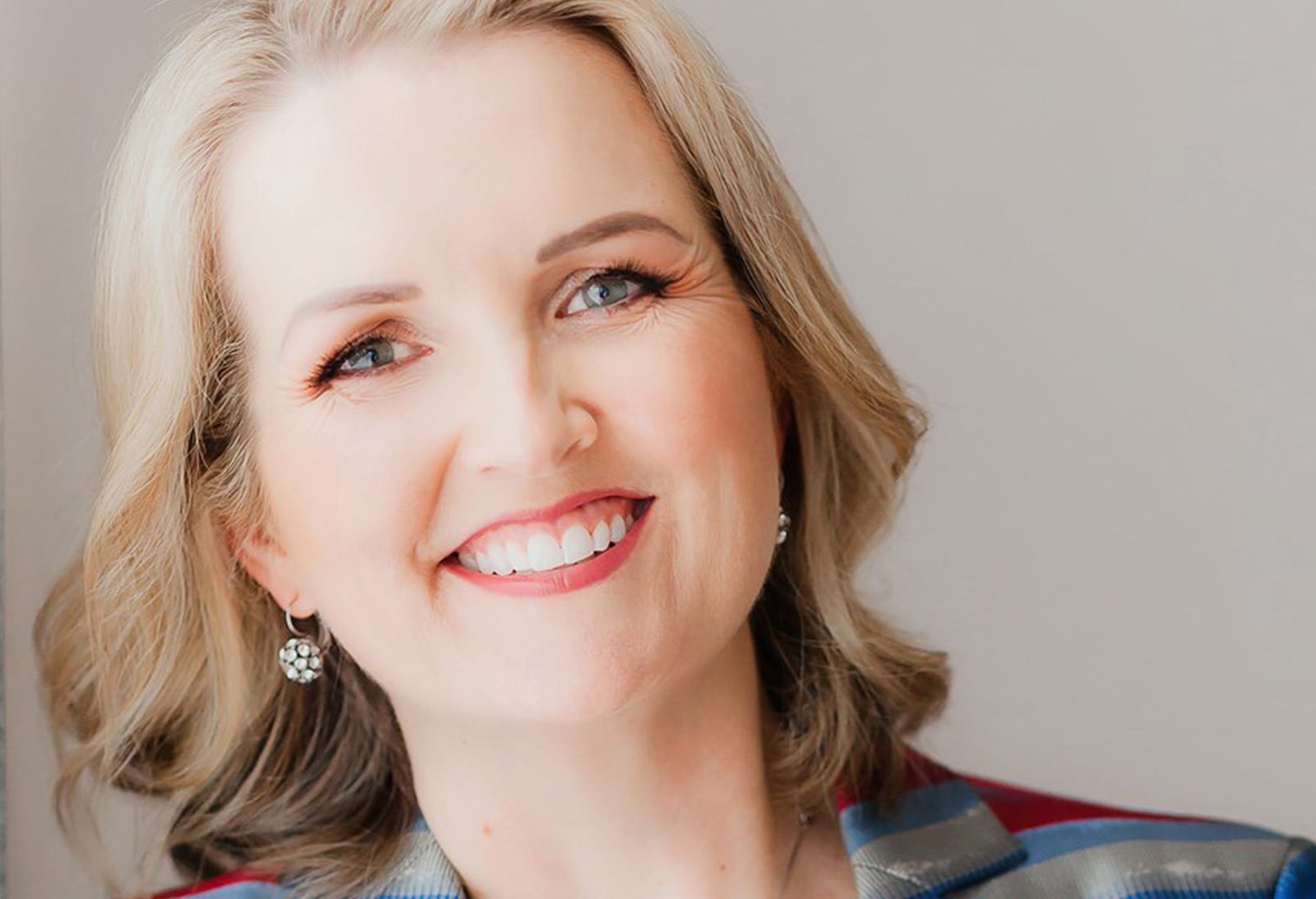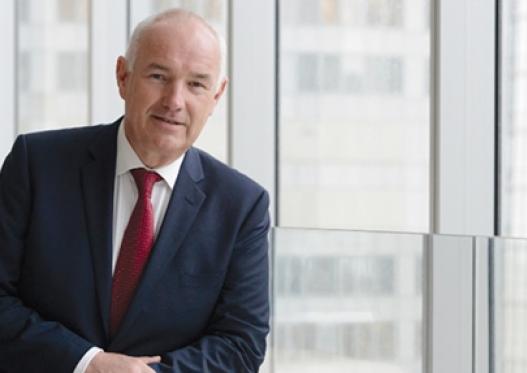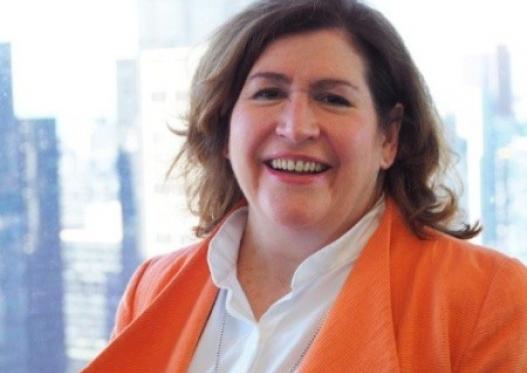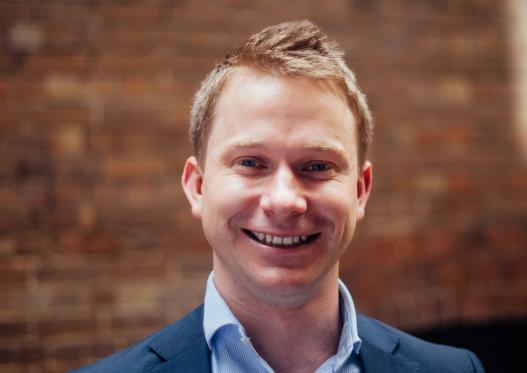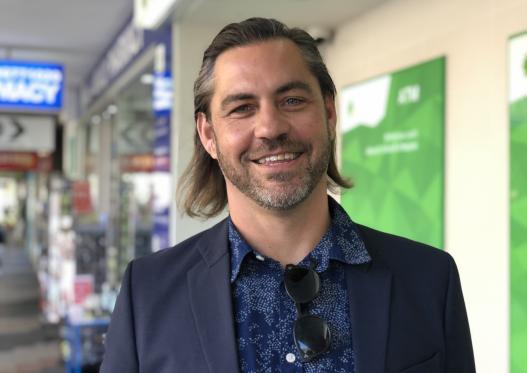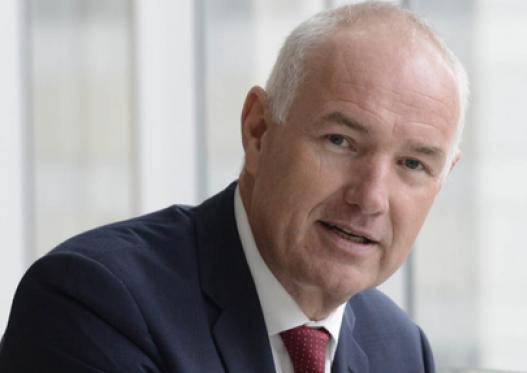Workplace expert Michelle Gibbings makes a surprising confession at the start of her new book Bad Boss.
The successful author, executive mentor and leadership facilitator’s advice is in high demand around the world.
But as she admits to InFinance, sharing the same story she tells in her third book Bad Boss: What To Do If You Work For One, Manage One Or Are One, she once fell into that final category.
“I fess up in the beginning of Bad Boss,” she says.
“When I first started in a leadership role, you could call me a bad boss - because I was an ineffective leader.
“It wasn’t because I was a bad person, but because I didn't know any better.
“For me, leadership is a learned skill. And at that point early in my career, I just didn't know how to be a good leader.
“But I was very fortunate. I worked for a very good leader and she was able to coach me, take me under her wing, and actually show me not just through words, but through deeds, what it meant to be a good leader.”
Fast forward a decade or so - and Michelle’s advice is sought after by the Big Four, government departments and top ASX 100 corporations.
And she will be sharing some of he tips on dealing with a bad boss at FINSIA’s next webinar - even if it’s you!
To be able to have a courageous conversation you have to own your part in the relationship, says Michelle, dealing with the way we all have to face up to the dilemma.
“You can look at your boss and think they’re a bad boss, but you also really need to check in on your own behaviour,” she says.
“You have to ask what part you’re playing in the relationship.
“I've seen situations where people think they have a bad relationship with their boss. They want to actually sit down, have the conversation, a conversation that they feel really uncomfortable about having.
“Then they actually realise their perspective is quite different to what the boss's perspective of the relationship is.
“It's really easy to point the finger and say it's all about the other person.
“The first part is to check your own behaviour, check your assumptions, your expectations, what is it that you're doing or not doing? So, yes, there needs to be that challenging conversation to check in with yourself.
“Sometimes it can really help to work that through with a trusted advisor or a colleague, to actually get perspectives from there.
“Then you can work out what is reality and actually what is, in some respects, fiction.”
But if the answers to that self examination process still show you need to clear the air, how do you go about it? Explaining the situation calmly is key, according to Michelle.
“A courageous conversation isn't going in and thumping the table,” she says
“It's actually going in and saying, ‘I want to have this conversation because I want to be my best. I want to bring my best to work every day. I want to do more. I want to be more effective. I want a better relationship.’
“You're doing it with good and positive intent.
“If the intention is good and if you can really help to ensure that the person who's on the receiving end of the conversation understands what you're looking for is a two-way conversation, and you're doing it because you genuinely want a good outcome, then I think that takes some of the risk away.
“You're not doing it from a selfish or a bad perspective.”
The impact of the pandemic doesn’t stop the kind of conversations going ahead, according to Michelle. But it may need another approach and more empathy for your boss.
“You have to ask if they have they always been challenging to work with,” explains Michelle.
“Is this consistently bad behaviour, or has there been something that's gone on for them over the last 12 months?
“Everyone's had different experiences over the last 12 months. Being aware of that and then working through, are my expectations realistic and are they actually fair is where we should be going?
“Having the compassion and awareness to go, if I look at my boss, what's been going on for them?”
The other issue with impact of COVID-19 is having these conversations remotely is a lot harder.
“In an ideal world, you're sitting in the same room. You’re sitting at the same cafe, you're sitting somewhere face-to-face. You can absolutely do it online by Zoom, Teams, but there's something about connection that can get lost when you're doing it remotely.”
Look out for much more from Michelle during The Art and Science of Courageous Conversations. For more details and to register go to https://www.finsia.com/events/webinar-the-art-and-science-courageous-conversations



